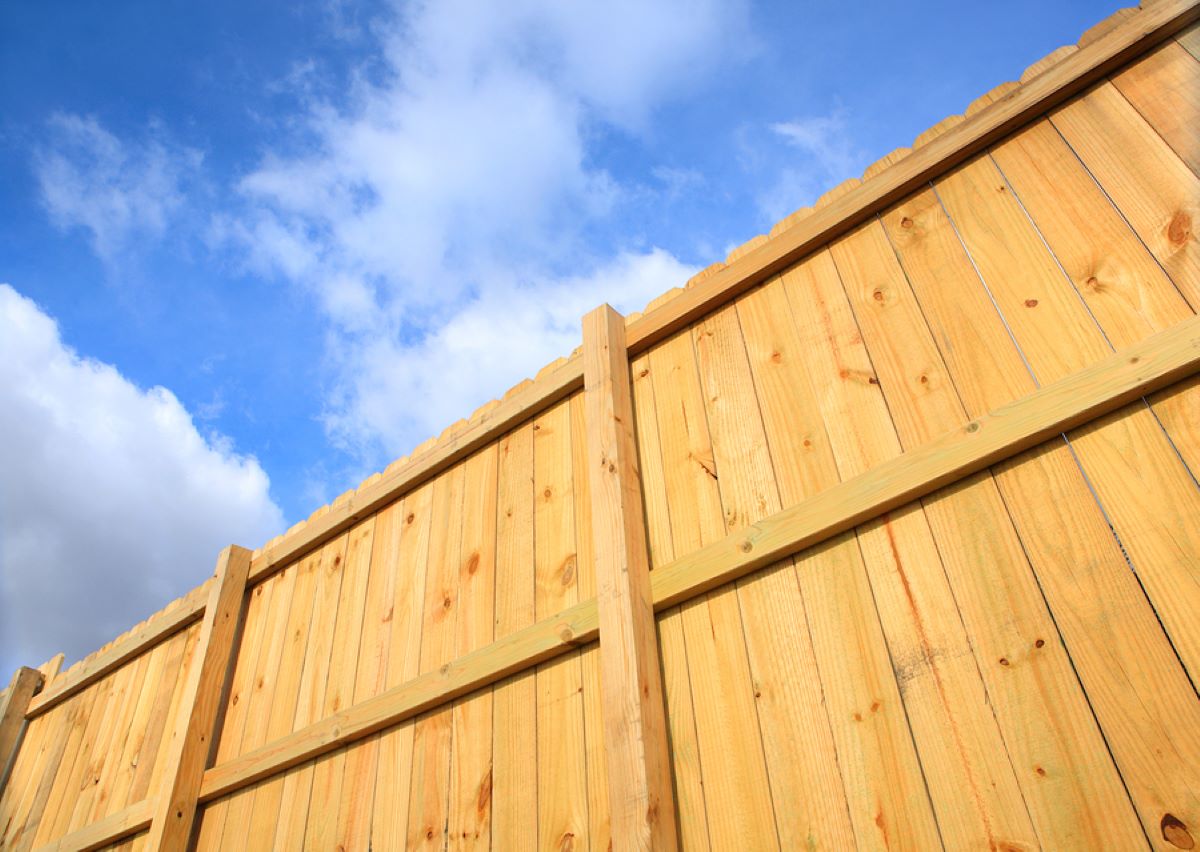

Articles
How To Reinforce Wooden Fence
Modified: October 25, 2024
Learn how to reinforce your wooden fence with these helpful articles. Get expert advice and tips for making your fence stronger and more durable.
(Many of the links in this article redirect to a specific reviewed product. Your purchase of these products through affiliate links helps to generate commission for Storables.com, at no extra cost. Learn more)
Introduction
Wooden fences are a popular and timeless choice for many homeowners. They provide privacy, security, and a touch of natural beauty to any property. However, over time, wooden fences can begin to weaken and wear down due to factors like weather exposure and regular use. To ensure that your wooden fence remains sturdy and functional, it’s important to reinforce it.
In this article, we will guide you through the process of reinforcing your wooden fence, helping you prolong its lifespan and protect your investment. Whether you have noticed loose posts, weak panels, or general wear and tear, following these steps will ensure that your fence stays strong and reliable for years to come.
Key Takeaways:
- Reinforcing your wooden fence involves assessing, repairing, and adding support to ensure longevity and stability. Don’t forget to apply a protective finish to shield it from the elements and maintain its aesthetic appeal.
- Regular maintenance and reinforcement of your wooden fence will prolong its lifespan, providing privacy, security, and natural beauty to your property. Strengthen posts, panels, and pickets to ensure a sturdy and reliable fence.
Read more: How To Protect A Wooden Fence
Step 1: Assess the condition of your wooden fence
The first step in reinforcing your wooden fence is to assess its current condition. Take a close look at the entire fence, examining each post, panel, and picket. Look for signs of damage, such as cracks, rot, or splitting wood. Pay attention to any loose or wobbly posts, as they can be a sign of structural weakness. Additionally, check if the fence is leaning or sagging.
Make note of the areas that require repair or reinforcement. Understanding the specific issues with your fence will help you determine what steps and materials will be needed to reinforce it effectively.
If you notice extensive damage or decay, it may be necessary to replace certain parts of the fence rather than just reinforce them. Rotting or severely damaged wood can compromise the overall structural integrity of the fence, making reinforcement alone insufficient. So, it’s crucial to address any major issues before moving forward with the reinforcement process.
Once you have thoroughly assessed the condition of your fence, you can proceed to the next step, which involves gathering the necessary tools and materials.
Step 2: Gather the necessary tools and materials
Before you begin reinforcing your wooden fence, it’s important to have the right tools and materials at your disposal. Here is a list of items you may need:
- Power drill or screwdriver
- Screws or nails
- Level
- Tape measure
- Wood glue
- Replacement wood pieces (if needed)
- Post hole digger
- Concrete mix
- Support brackets or metal post anchors
- Braces or battens
- Protective finish or sealant
These tools and materials will help you repair and reinforce various components of your wooden fence, such as loose posts, weak panels, and brittle pickets.
Make sure to gather all the necessary supplies before you start working on your fence. This will save you time and ensure that you have everything you need to complete the reinforcement process smoothly.
With the tools and materials ready, you can proceed to the next step, which involves inspecting and repairing any loose or damaged posts.
Step 3: Inspect and repair any loose or damaged posts
One of the key elements of a sturdy wooden fence is its posts. They provide the main support and stability to the entire structure. Therefore, it’s crucial to inspect and repair any loose or damaged posts to ensure the overall strength of the fence.
Start by examining each post carefully. Check for any signs of rot, splitting, or cracking. If you notice any serious damage, it may be necessary to replace the entire post. However, if the damage is minor or limited to a small area, you can often repair it.
To repair a loose post, you can use a power drill or a screwdriver to secure it back into place. First, remove any screws or nails that may be causing the post to be loose. Then, realign the post and reinforce it by installing new screws or nails. Make sure to use screws or nails that are appropriate for outdoor use and capable of supporting the weight of the post.
If the post has rotted or split, you may need to use wood glue or epoxy to mend it. Apply the adhesive to the damaged area, align the pieces back together, and secure them with clamps until the adhesive sets. Allow sufficient time for the glue or epoxy to dry before moving forward.
For posts that are severely damaged or cannot be repaired, replacement is necessary. Use a post hole digger to remove the old post and dig a new hole. Make sure the new post is plumb and secure it in place with concrete mix. Follow the manufacturer’s instructions for proper mixing and setting of the concrete. Ensure that the post is aligned with the other posts and leveled using a level tool.
By thoroughly inspecting and repairing any loose or damaged posts, you will strengthen the foundation of your fence and lay the groundwork for the remaining reinforcement steps.
Step 4: Reinforce the existing fence posts
Once you have inspected and repaired any loose or damaged fence posts, the next step is to reinforce the existing posts for added stability. This will help prevent future issues and prolong the lifespan of your wooden fence.
One effective way to reinforce the posts is by using support brackets or metal post anchors. These brackets or anchors are typically made of sturdy metal and are designed to secure the post firmly into the ground, providing additional strength and resistance against strong winds or leaning.
To reinforce the posts, follow these steps:
- Position the support bracket or post anchor against the side of the post.
- Drill pilot holes through the bracket into the post.
- Secure the bracket to the post using screws or nails.
- If using a post anchor, ensure it is properly aligned and level with the other posts.
- Attach the bracket or anchor to the ground or concrete using appropriate screws or bolts.
Make sure to install the support brackets or post anchors on both sides of each post for maximum reinforcement. This will help distribute the weight and stress evenly, reducing the risk of post movement or instability.
Additionally, if your fence has horizontal rails between the posts, you can strengthen them by adding braces or battens. These are wooden pieces that are attached diagonally across the rails, reinforcing their structural integrity.
To install braces or battens:
- Measure and cut the wooden pieces to the desired length.
- Position them diagonally across the rails, forming an X-shape.
- Secure the braces or battens to the rails using screws or nails.
By reinforcing the existing fence posts and adding braces or battens to the rails, you will significantly enhance the overall stability and durability of your wooden fence.
Apply a wood preservative or sealant to protect the fence from moisture and rot. This will help to reinforce the wood and extend the lifespan of the fence.
Read more: How To Clean A Wooden Fence
Step 5: Strengthen the fence panels or pickets
After reinforcing the fence posts, it’s important to strengthen the fence panels or pickets to ensure their stability and longevity. This step is especially crucial if you have noticed any weak or damaged panels during your assessment of the fence.
Here are a few methods to strengthen your fence panels or pickets:
- Replace damaged or rotted pickets: If you have individual pickets that are significantly weakened or decayed, it’s best to replace them with new ones. Remove the damaged pickets and install new ones that are the same size and style as the existing ones. Secure them to the horizontal rails using screws or nails.
- Reinforce horizontally: Another way to strengthen fence panels is by adding horizontal support. Install horizontal rails or crossbars between the posts to provide additional stability. Measure and cut the rail or crossbar to the desired length, and attach it to the posts using screws or nails.
- Add vertical battens: If your fence panels are made up of vertical boards or pickets, adding vertical battens can reinforce them. These battens are wooden strips that are attached vertically to the backside of the fence panels, adding strength and preventing warping. Measure and cut the battens to the appropriate length, and secure them with screws or nails.
By strengthening the fence panels or pickets, you are ensuring that they can withstand external forces and maintain their integrity for a longer period of time. This step will help improve the overall appearance and functionality of your wooden fence.
Step 6: Add additional support with braces or battens
To further reinforce your wooden fence, you can add additional support by using braces or battens. These components provide extra strength and stability, especially in areas that are prone to high winds or heavy use.
Braces are angled supports that connect the fence posts to the horizontal rails, providing lateral stability. They are particularly useful for preventing the fence from leaning or swaying. The braces can be made of wood or metal, and they should be installed diagonally from the top of the post to the bottom of the adjacent rail.
To add braces to your fence:
- Measure and cut the braces to the desired length, ensuring they reach from the top of the post to the bottom of the rail.
- Position the brace diagonally between the post and the rail.
- Attach the brace to the post and the rail using screws or nails.
- Repeat this process for each section of the fence that requires extra support.
Battens, on the other hand, offer vertical reinforcement to the fence panels. They are strips of wood that are attached vertically to the backside of the panels, adding rigidity and preventing sagging or warping. Battens are particularly useful for panels made of thinner or more flexible materials.
To install battens:
- Measure and cut the battens to the appropriate length.
- Position the battens vertically on the backside of the fence panels.
- Secure the battens in place using screws or nails.
- Ensure that the battens are evenly spaced for consistent reinforcement.
By adding braces or battens to your fence, you are providing additional support and reinforcing the overall structure. This step will help your fence withstand external forces and maintain its stability over time.
Step 7: Apply a protective finish or sealant
To ensure the longevity and durability of your reinforced wooden fence, it’s essential to apply a protective finish or sealant. This final step helps to shield the wood from moisture, UV rays, and other elements that can cause damage over time.
Here are a few options for finishing or sealing your fence:
- Paint: Applying a coat of paint not only adds a pop of color to your fence but also serves as a protective barrier. Choose an exterior-grade paint that is specifically formulated for outdoor use. Before painting, make sure the surface is clean and dry.
- Stain: Staining your fence can enhance its natural beauty while providing protection. Wood stains come in various shades, allowing you to choose the desired look. Opt for an exterior-grade stain that is resistant to fading and weathering.
- Sealant: A wood sealant creates a protective layer over the fence, preventing moisture penetration and minimizing the risk of rotting or warping. Clear sealants allow the natural grain of the wood to shine through, while tinted sealants can add a touch of color.
Before applying any finish or sealant, thoroughly clean the fence to remove dirt, dust, and any previous coatings. Use a mild detergent and water, along with a scrub brush or pressure washer. Allow the fence to dry completely before proceeding.
Apply the chosen finish or sealant according to the manufacturer’s instructions. Use a brush, roller, or sprayer for an even application. Pay attention to any nooks, crannies, and end grains where moisture can easily penetrate.
Allow the finish or sealant to dry completely before exposing the fence to weather conditions or heavy use. Depending on the product, this may take anywhere from a few hours to a few days. Read the packaging for specific drying times and recommendations for reapplication.
By applying a protective finish or sealant, you are providing an additional layer of defense against the elements. This step will help maintain the aesthetic appeal and structural integrity of your wooden fence for years to come.
Conclusion
Reinforcing your wooden fence is an essential task to ensure its longevity, stability, and overall functionality. By following the steps outlined in this article, you can strengthen weak areas, repair damage, and protect your investment for years to come.
Begin by assessing the current condition of your fence, noting any loose or damaged posts, weakened panels, or other issues. Gather the necessary tools and materials before proceeding with the reinforcement process.
Inspect and repair any loose or damaged posts, securing them back into place or replacing them if necessary. Reinforce the existing posts using support brackets or metal post anchors. Add additional support by installing braces or battens.
Strengthen the fence panels or pickets by replacing damaged ones or adding horizontal supports and vertical battens. Finally, apply a protective finish or sealant to ensure the durability and resilience of your fence against the elements.
Remember to regularly monitor your fence and make any necessary repairs or reinforcements as needed. Proper maintenance will help extend the lifespan of your wooden fence, allowing you to enjoy its benefits for many years to come.
By taking the time to reinforce your wooden fence, you’re not only enhancing its structural integrity but also improving the aesthetic appeal of your property while ensuring the privacy and security of your outdoor space.
So, roll up your sleeves, gather your tools, and give your wooden fence the reinforcement it deserves. Your efforts will pay off in the form of a strong, beautiful fence that will stand the test of time.
Frequently Asked Questions about How To Reinforce Wooden Fence
Was this page helpful?
At Storables.com, we guarantee accurate and reliable information. Our content, validated by Expert Board Contributors, is crafted following stringent Editorial Policies. We're committed to providing you with well-researched, expert-backed insights for all your informational needs.
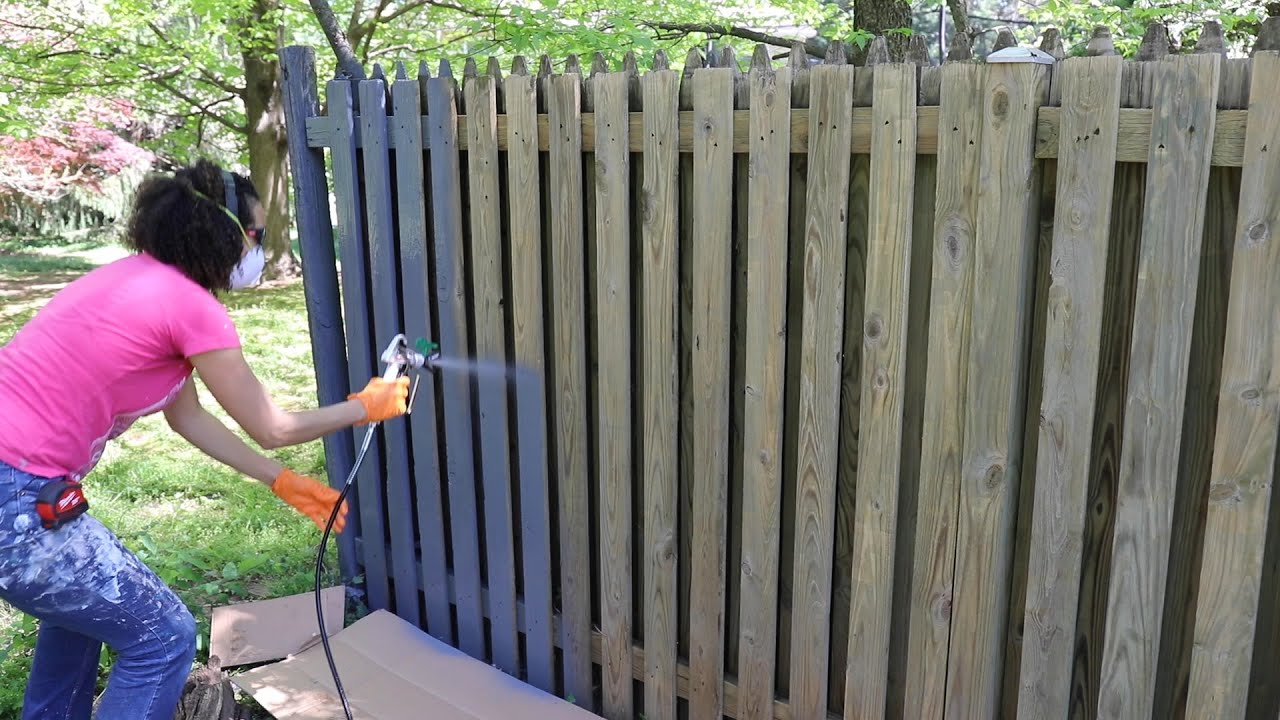
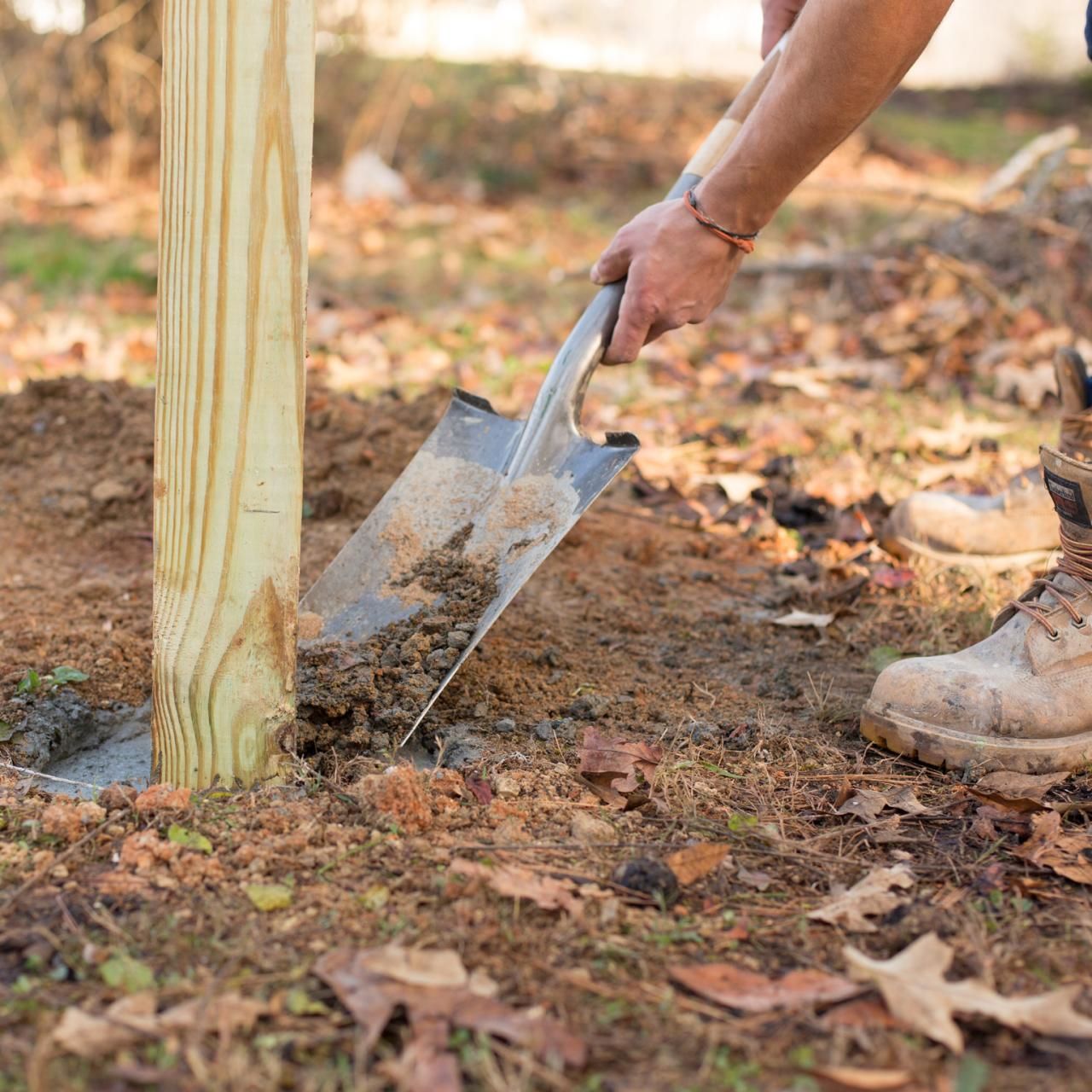
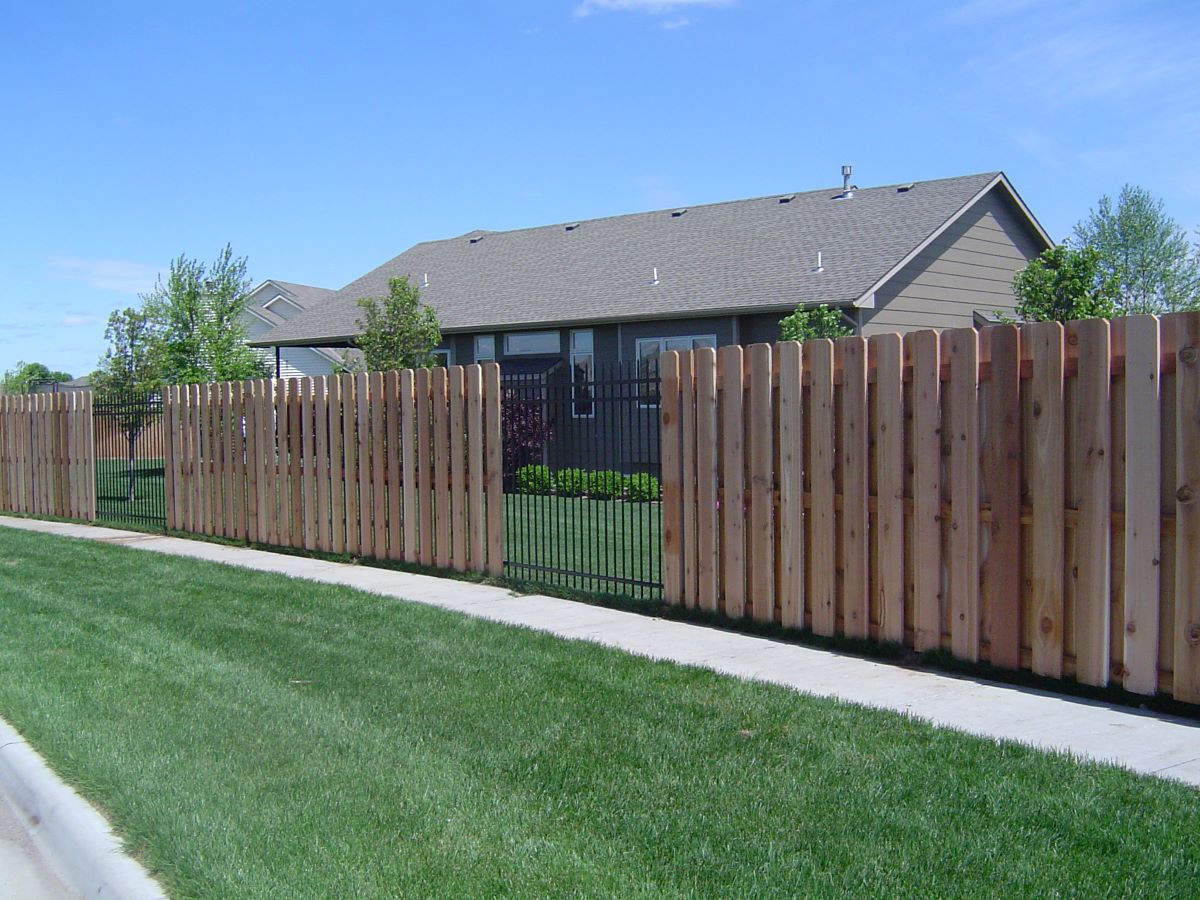
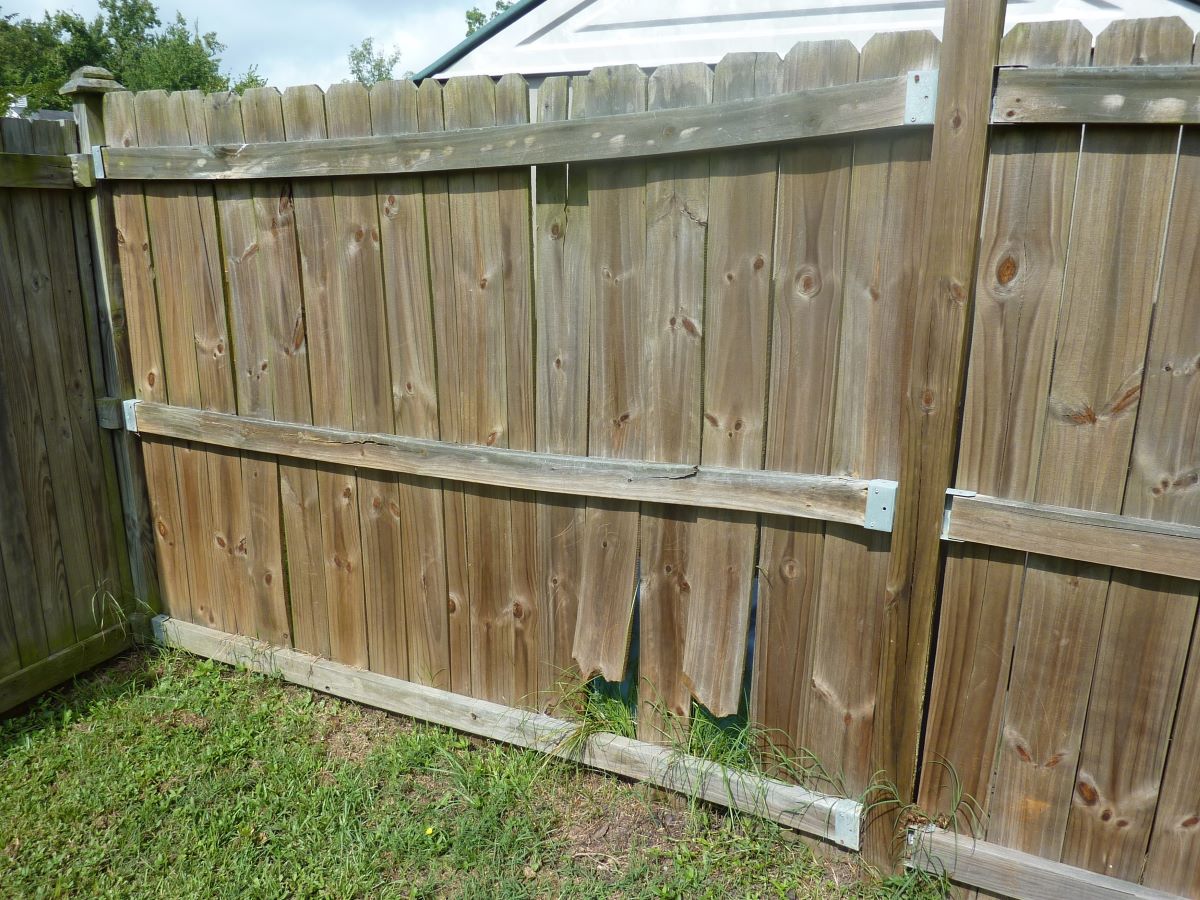
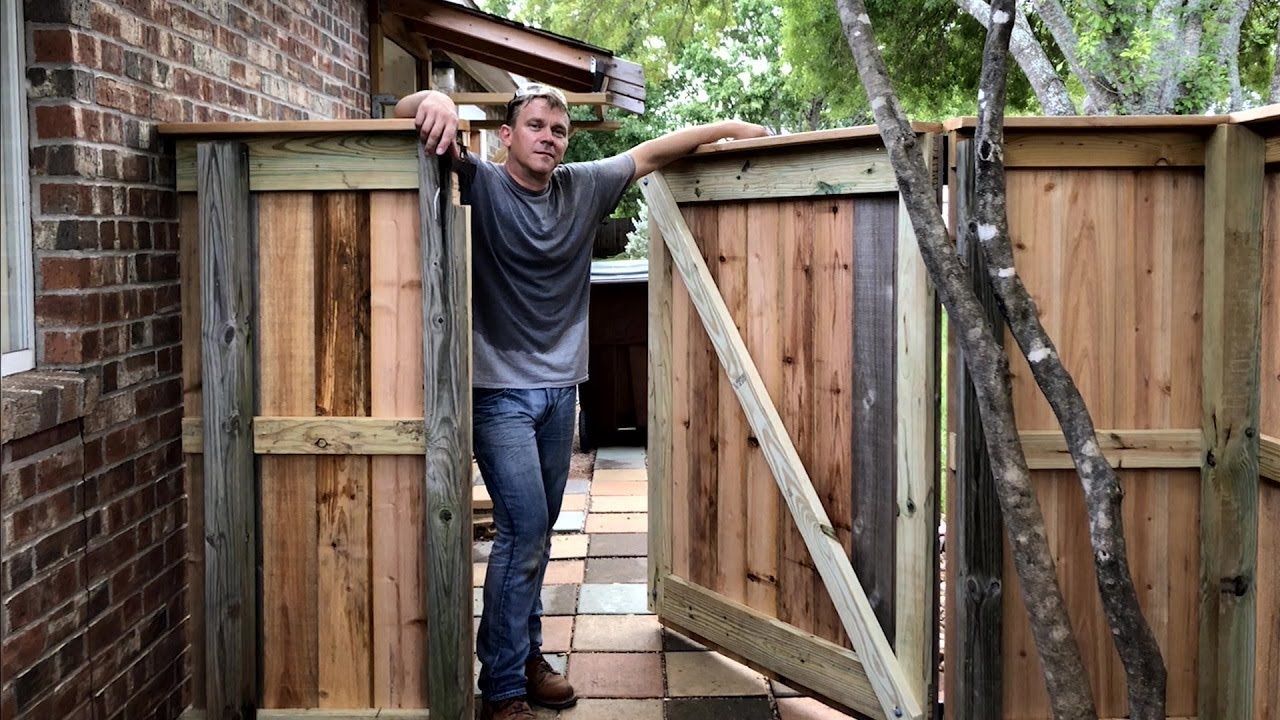
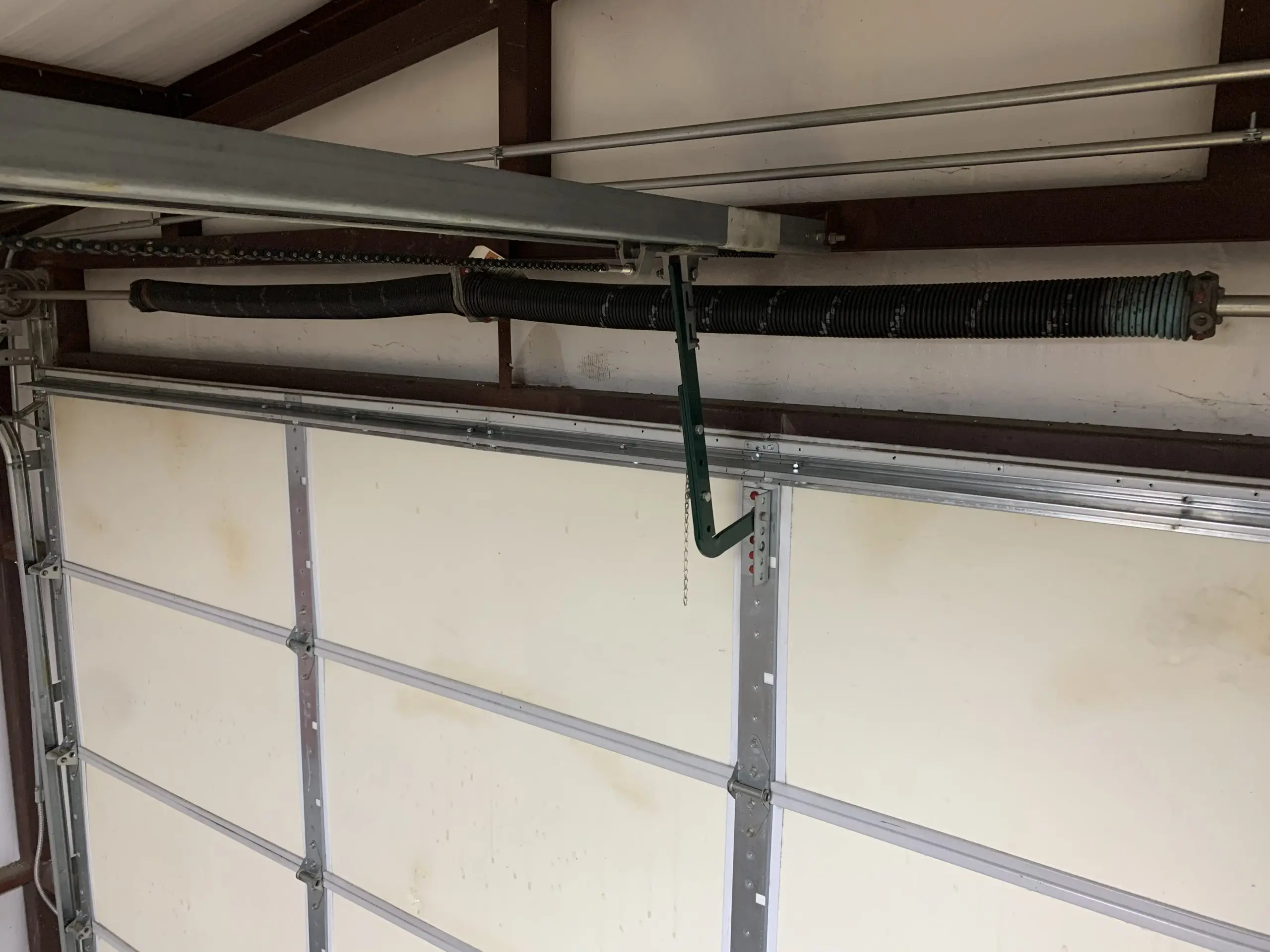
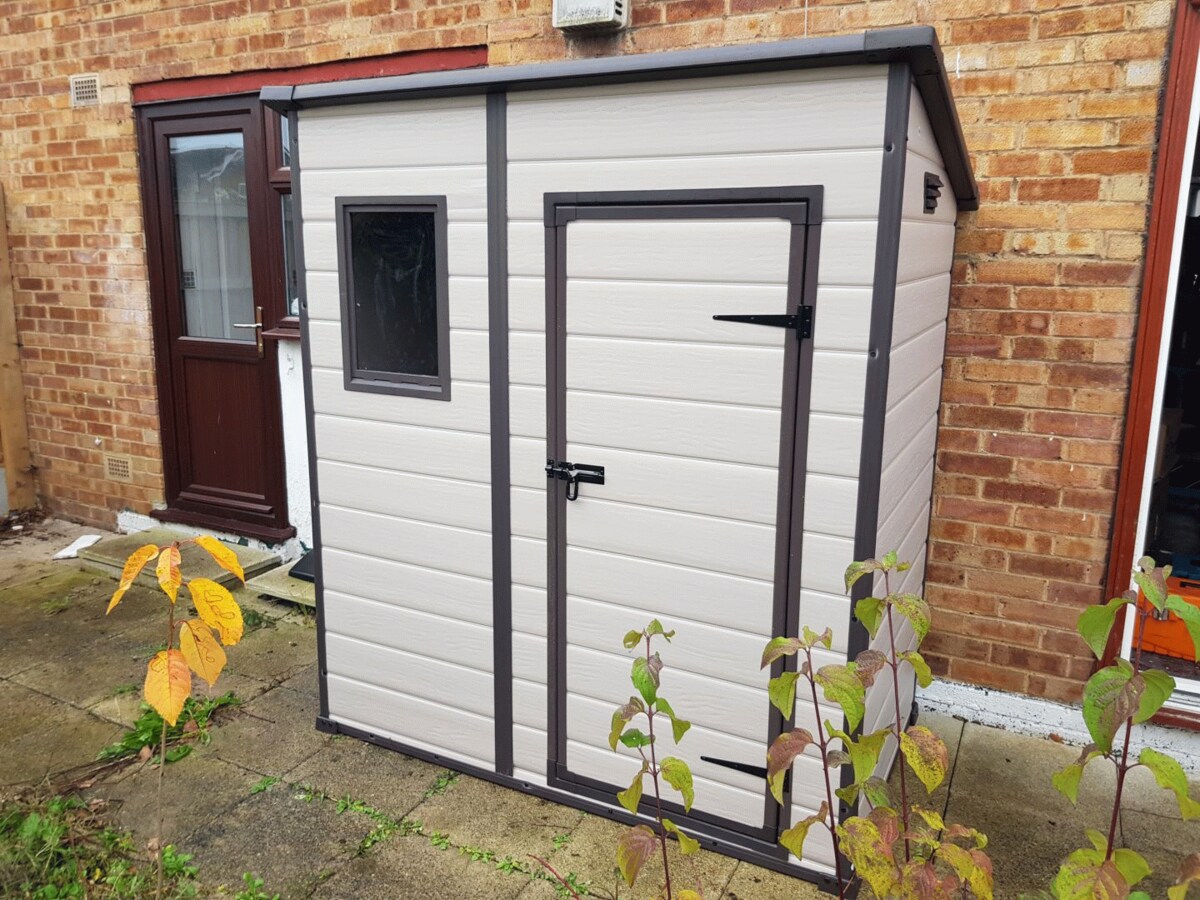
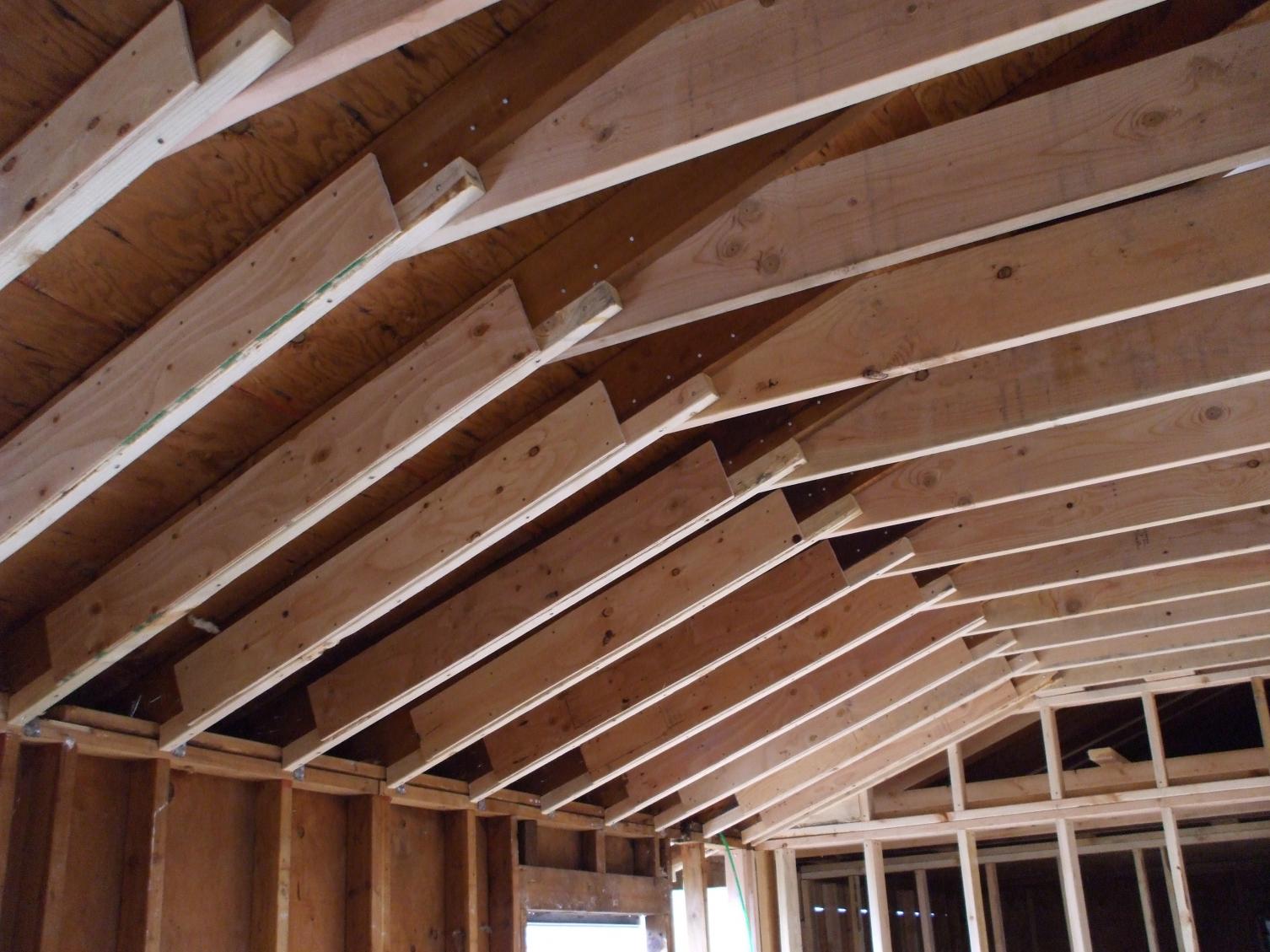
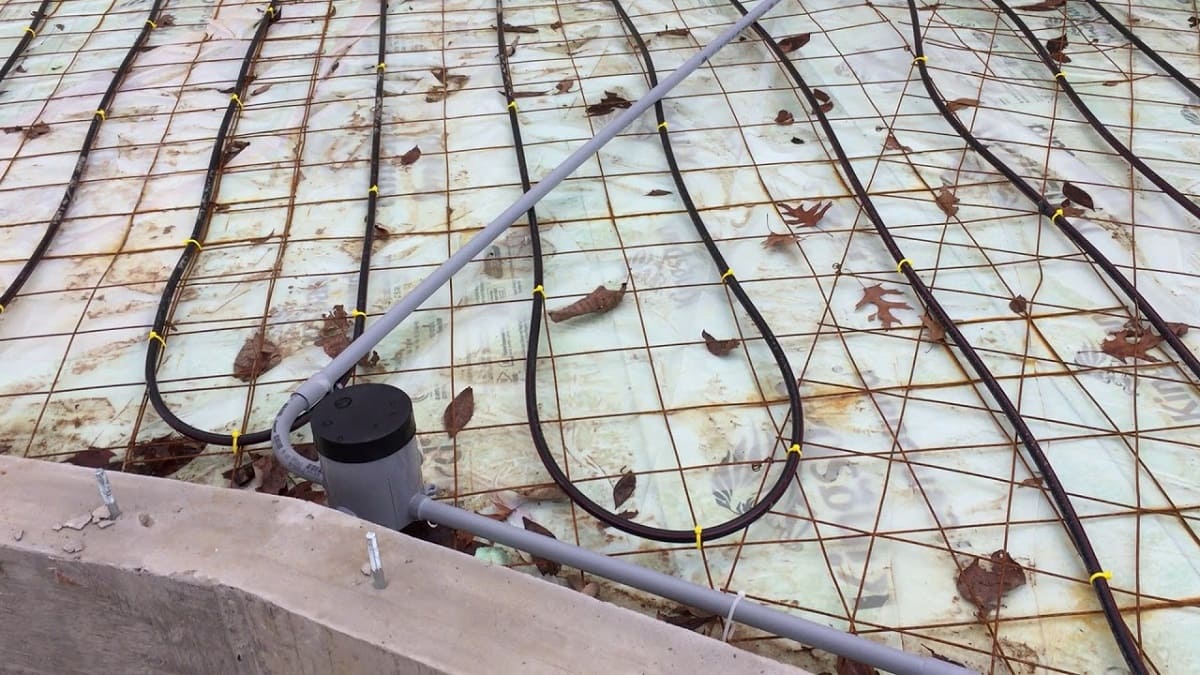
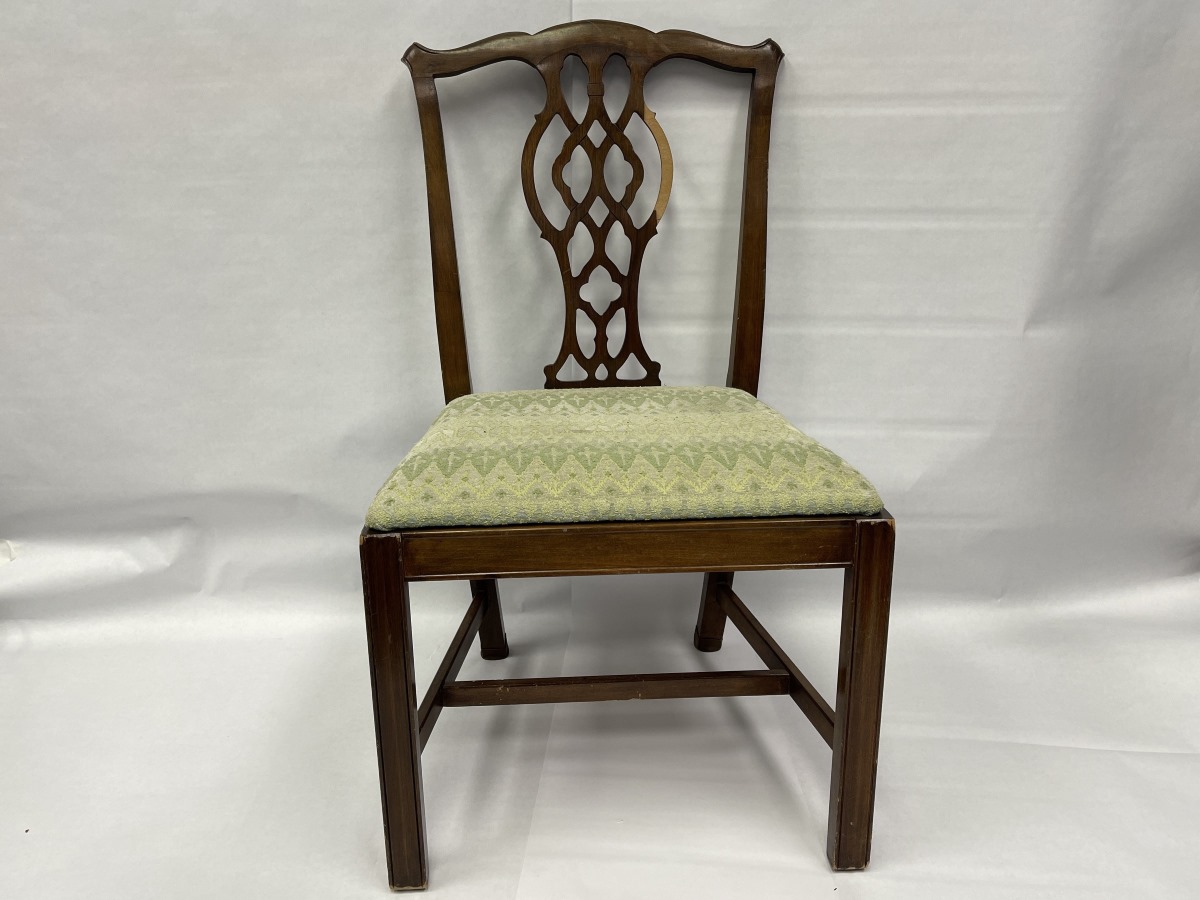
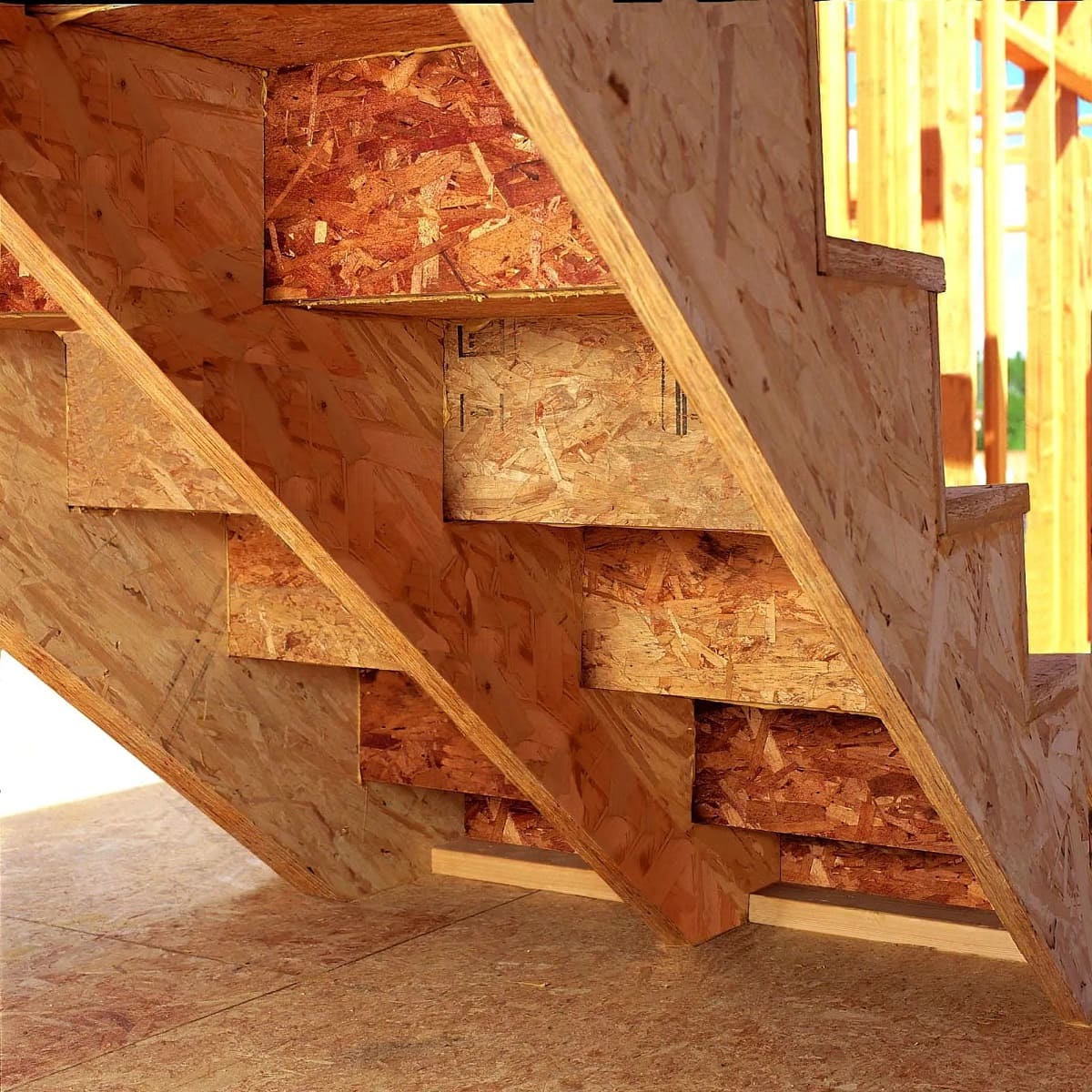
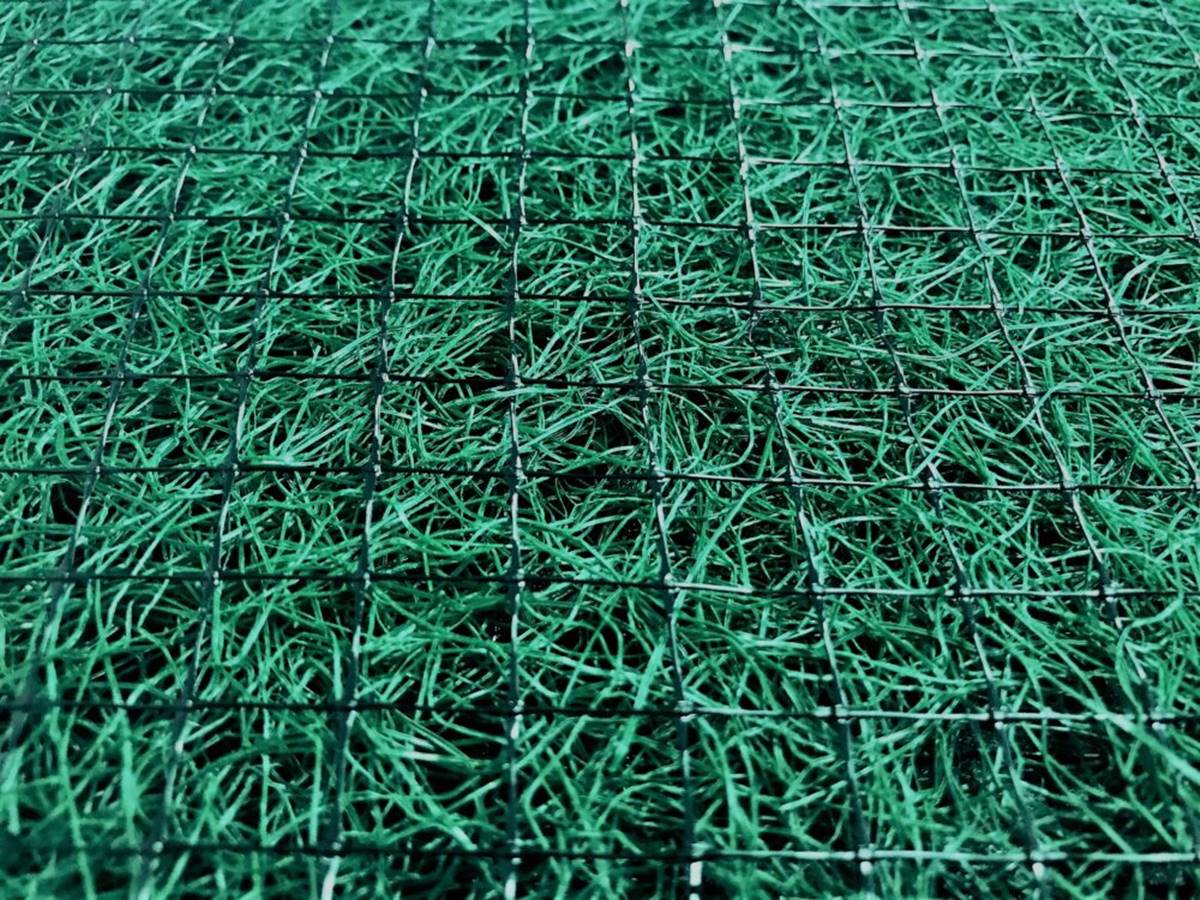
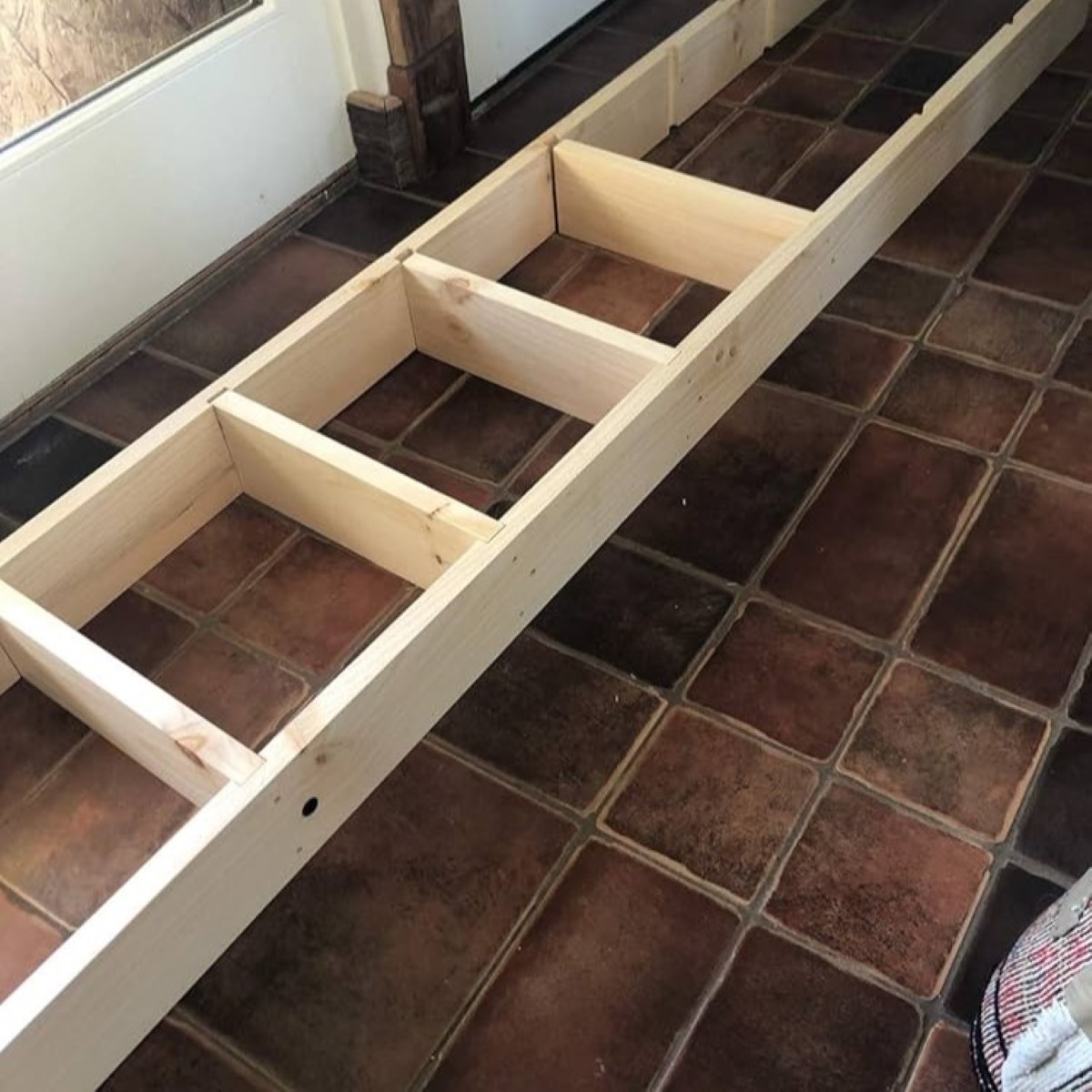
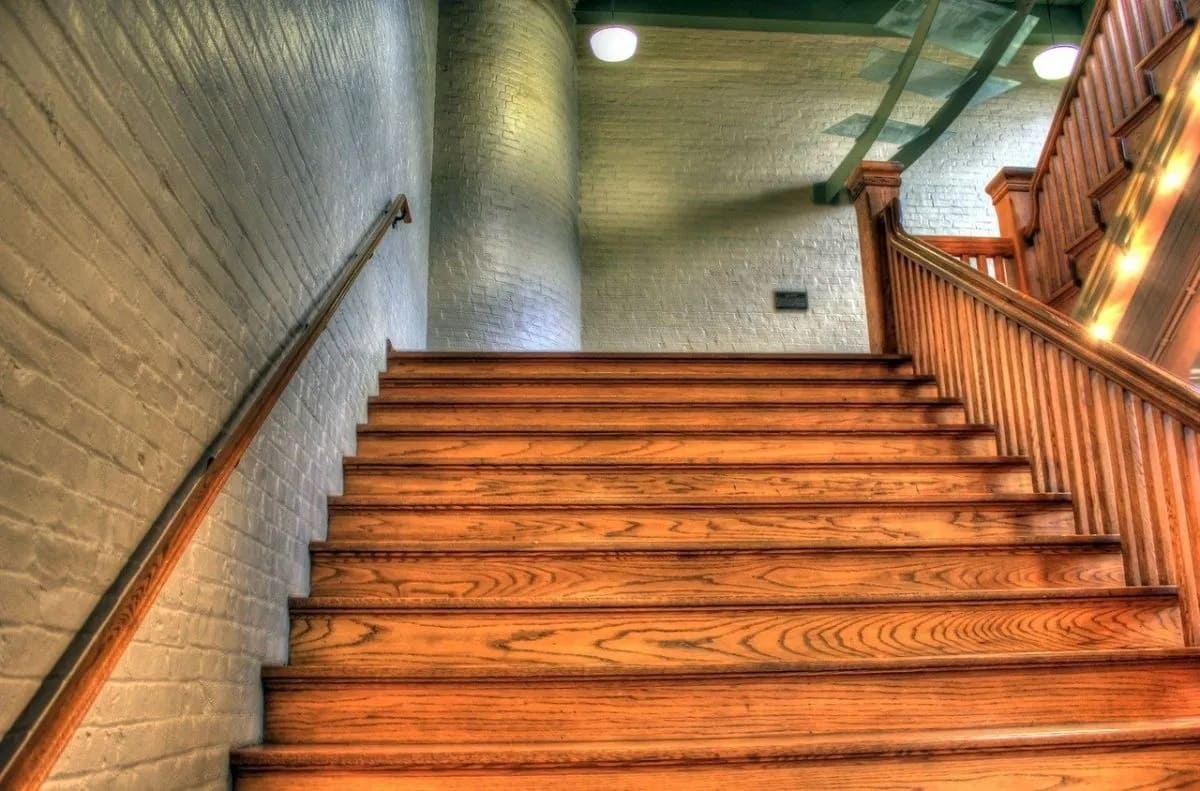

0 thoughts on “How To Reinforce Wooden Fence”